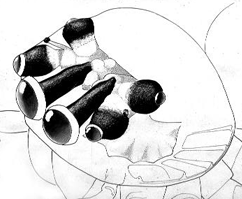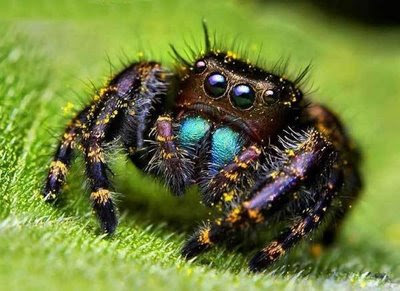BlueScreen
Fail 2.0
- Joined
- Nov 8, 2008
- Messages
- 2,668
- MBTI Type
- YMCA
I went to see an eye doctor today, and being a physicist I got thinking about what a complex system the eye is. How does something like that evolve?
It's all good having small changes in cells and stuff. But what kind of mutation creates a lens system accidentally? And how much more random processes does it take to breed a creature with a perfectly functioning lens system with aperture control and receptors?
There is no reason for a creature with a half constructed lens system to have an advantage over any others of it's species. And I can't see it evolving in one step.
These parts of evolution have always puzzled me. I don't believe in intelligent design or anything, I'm looking for science answers. I've never taken biology. What are the generally held theories on evolution these days, and how do they describe the processes driving it.
It's all good having small changes in cells and stuff. But what kind of mutation creates a lens system accidentally? And how much more random processes does it take to breed a creature with a perfectly functioning lens system with aperture control and receptors?
There is no reason for a creature with a half constructed lens system to have an advantage over any others of it's species. And I can't see it evolving in one step.
These parts of evolution have always puzzled me. I don't believe in intelligent design or anything, I'm looking for science answers. I've never taken biology. What are the generally held theories on evolution these days, and how do they describe the processes driving it.


